Sports Photography Primer for Better Action Shots
Say the words “sports photography,” and what springs to mind immediately are action shots and fast-paced movement. When you’re enjoying a game of baseball on TV or attending a hockey game in person, you probably don’t think of photography at all. Nonetheless, just think of all the images that accompany sports articles and features, and you have an idea of what this genre of photography is all about.
If you want a style of photography that’s characterized by dramatic images, vivid shots and memorable moments, then this is for you. You don’t just want to take a picture of a static baseball or an empty hockey arena – you want to take action shots that make an impact.
Here’s how to do that.
Go With the Long Lens
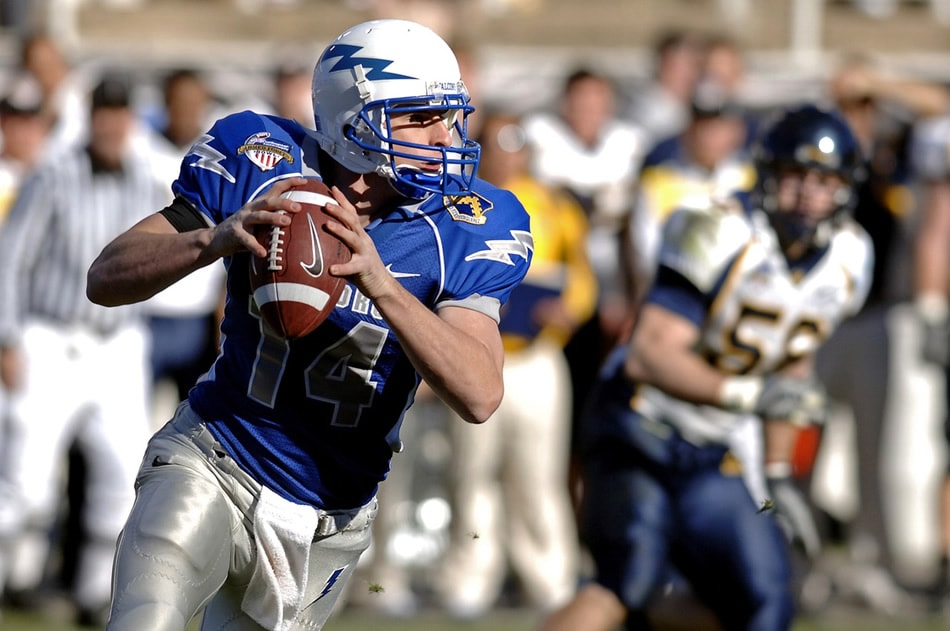
The longer and more powerful your lens, the more successful your action shots will be. Sports photography is perhaps the only photography genre where having the biggest and baddest lens is a must to ensure excellent image quality. Think 70-200mm f2.8 and even longer focal lengths like 300mm or 400mm.
This will also provide you with the freedom to shoot from anywhere and from any angle in a stadium or arena, thereby extending your range.
As a rule of thumb, the heavier the lens, the better it’s going to perform. Look for a lens with a tripod mount built into it, and go with established brands such as Canon and Nikon. F-stop-wise, go with f/4 or f/2.8, and, if money’s no object, purchase longer lenses like 300mm and 400 mm.
Skip the Flash
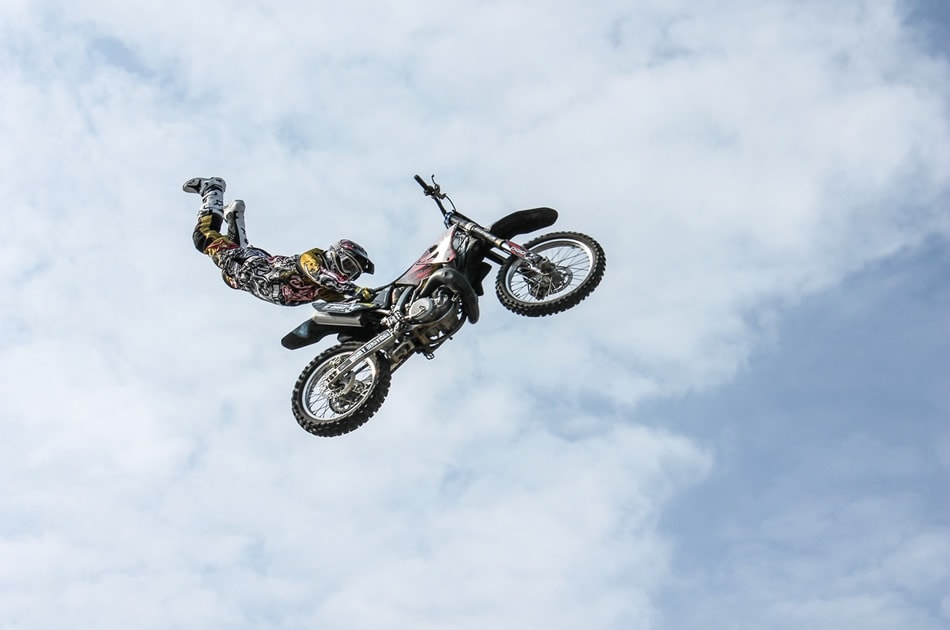
Number one rule of sports photography: don’t interfere with the players and teams. Since flash can be distracting to players who have to concentrate on the game, it’s important to respect the environment you’re in.
Besides, the use of flash is usually disallowed in either professional or college sports arenas and stadiums. You won’t endear yourself to the teams and players for very long if you’re snapping away there with the flash on full display. This is particularly true of outdoor sports like baseball and football. Indoor sports like basketball are the exception to the rule.
Another loophole comes into play when you’re shooting events like high-school sports. Flash is usually allowed, but it’s still good to be on the safe side and ask the school’s officials and coaches for permission.
Utilize a Fast Shutter Speed
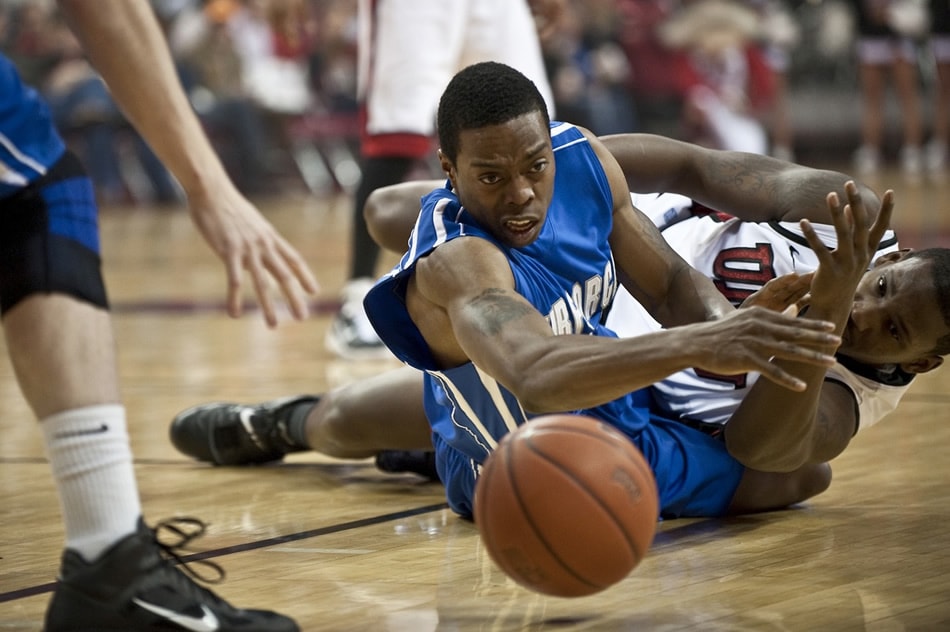
Here’s why you need a fast shutter speed when you’re in a sports-photography environment. Think of the scene playing out in front of you: It’s athletes and teams moving very quickly from one side of the field or stadium to the next. You need to have your camera settings right to sharply capture all this action.
To make this happen, ensure that your shutter speed is at least 1/500th of a second. This will help you to freeze movement in shots. Don’t go lower than 1/500th of a second for optimal results.
Take Shots From a Low Angle
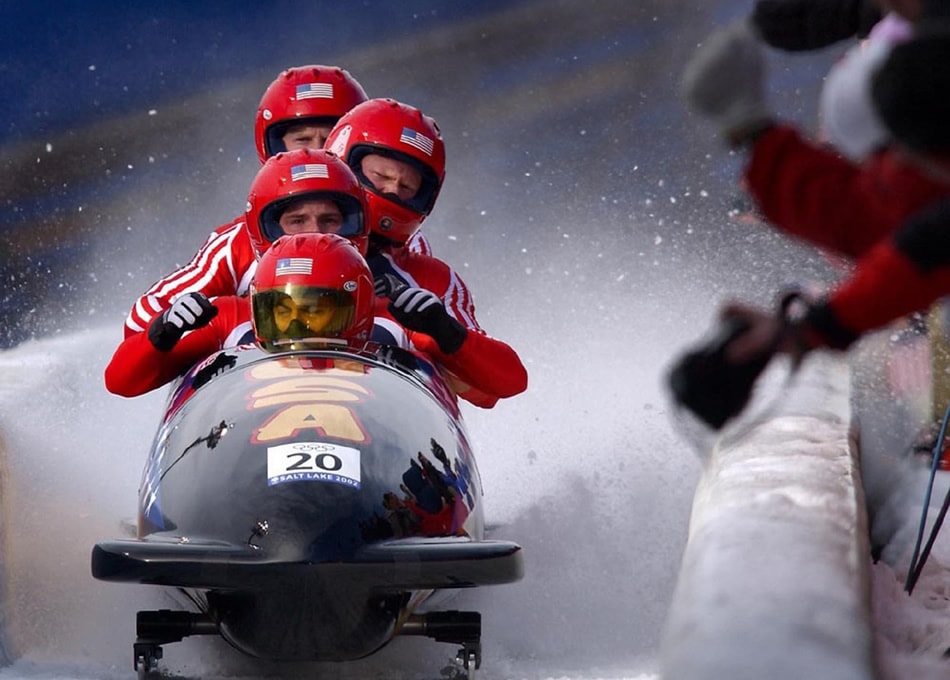
Depending on the type of photography you’re engaged in, much rests on the angle from which you’re getting your shots. For starters, shooting low increases the dramatic effect of your sports shots. The low angle is also going to allow more of the background (the field, stadium, etc.) instead of other athletes and too much grass.
Going low provides amazing depth to your shots, too, which adds to the overall quality of your composition.
Finally, use a monopod, as this greatly helps when you’re photographing from your knees. Now, you don’t have to worry about keeping camera shake at bay, and you can focus purely on your technique. You may want to use a monopod or tripod even if your camera and lens aren’t exceptionally heavy!
Time the Right Shots
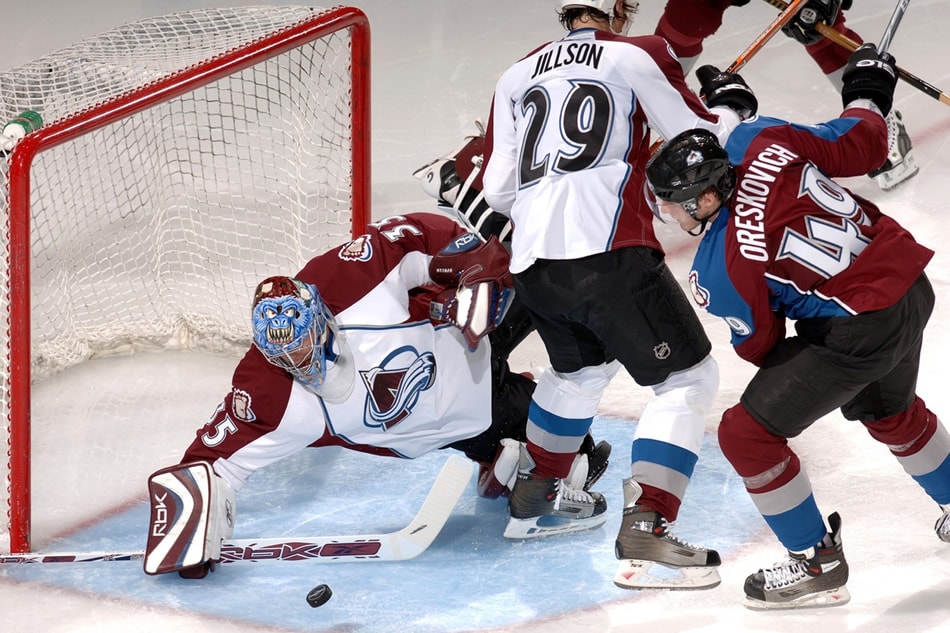
Perhaps in no other genre of photography is timing so essential to getting great shots than in this genre. When you think of it, you really only have the blink of an eye to get the shot you want. That’s whether it’s a baseball player swinging for the fences when it’s his turn at bat, a hockey player taking a dramatic slap shot, or a basketball player dunking the ball over this toughest defender.
As a photographer, your adversity is having your brain send a signal to your fingers to press down on the shutter button. Unfortunately, even that slight delay may be more than enough to cost you the perfect action shot.
When it comes to a batter connecting with the ball, for instance, try to anticipate when he’ll make contact with the pitch. This involves you feeling what it’s like to be the batter trying to hit the baseball and getting into that rhythm. This is where a monopod comes in handy big time.
Rely on a Good Belt

Sports photography done right means using a lot of equipment. This is where having a belt comes in handy when you need to change equipment on the spot. You’ll need to get at your different lenses and your compact flash cards, and you don’t want to lose your prime spot from which to take low-angle shots. Having a belt on you during the entire game means changing lenses and cards without missing a moment of the action.
A belt usually has several holsters, putting your equipment within the reach of your fingertips.
Head down to your local camera store and look for special equipment belts for sports photography. Try on various models, and pick one that you feel comfortable with and can see yourself wearing for hours at a time.
Action Shots Require Precision
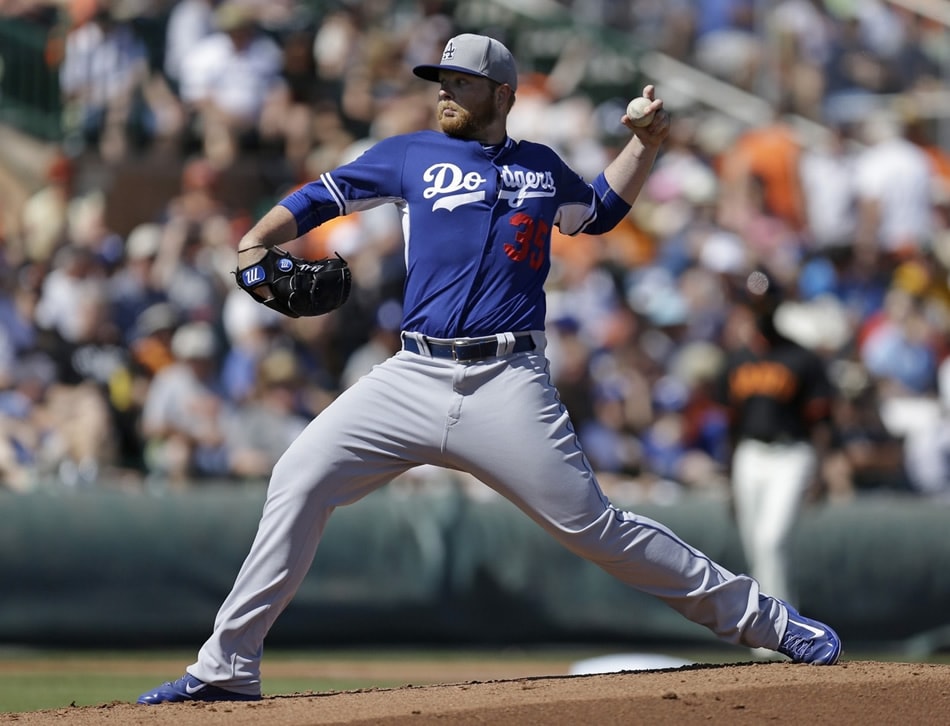
Due to the fast-paced nature of sports, being on-point when shooting is a must. You won’t get a second chance to snap that amazing tackle by that star football player again, so timing and setup are everything.
Patience is a virtue here, too, as you won’t be able to get the right shots each time you try. That’s why anticipation is a big part of your approach, but when you take the time to analyze, practice and get a feel for the action taking place, good things will eventually start to happen.
